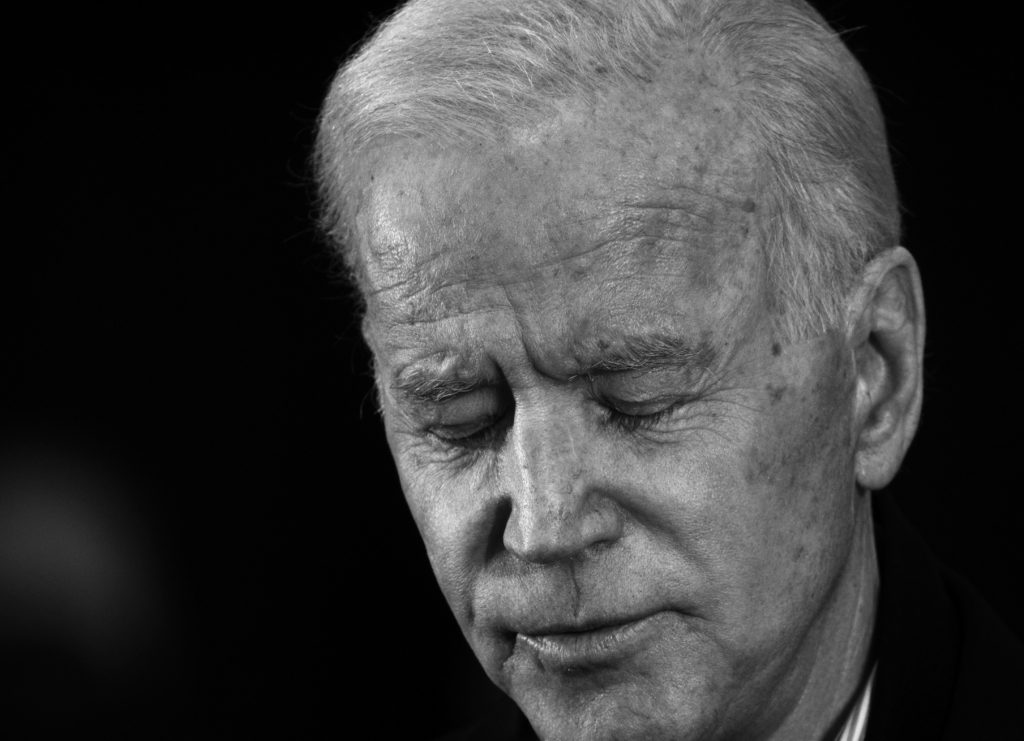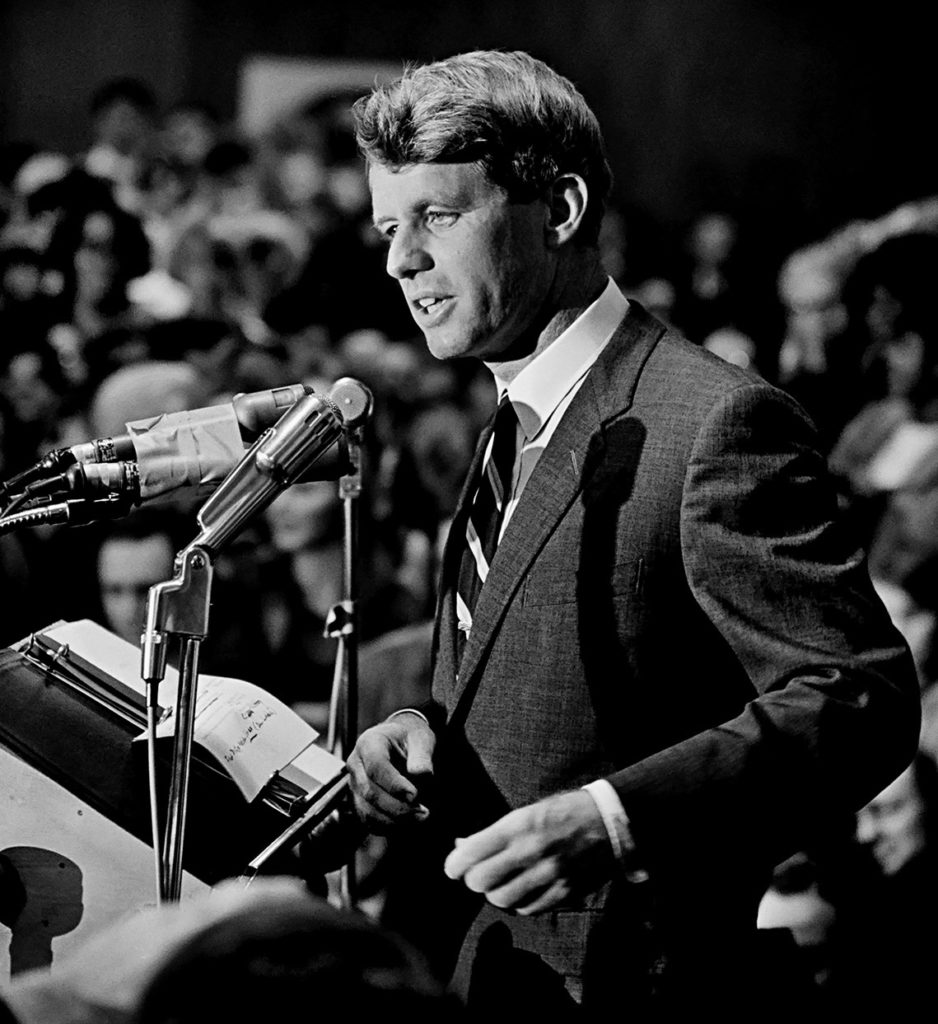I’ve been photographing Joe Biden on and off since I returned from the Vietnam War in 1973. This latest photograph of him was made February 9 this year in Hampton, New Hampshire, as he campaigned for president. In this frame the former Vice President was talking about his son Beau who died in 2015. The hurt he was feeling can be seen here. This was not acting.
In 1972, at 29 years old, Joe Biden was the sixth youngest person ever elected to the U.S. Senate, and it was a happy time in his life. But that joy was short lived. A few weeks after he was elected, Biden's wife Neilia and their one-year-old daughter Naomi were killed when a truck hit their car. His young boys Beau and Hunter survived the accident. Five years ago, one of them, 46-year-old Beau, died of brain cancer. As a father of three sons, I can’t imagine his anguish. When Biden spoke via video at the funeral of George Floyd in Houston, his message was straight from his heart and personal experience. He opened by saying,
“To George’s family and friends, Jill and I know that deep hole in your hearts when you bury a piece of your soul in this earth. As I said to you privately, we know. We know you will never feel the same again. For most people, the numbness you feel now will slowly turn day after day, season after season into purpose through the memory of the one they lost. But for you that day has come before you can fully grieve. And unlike most, you must grieve in public. It is a burden. A burden that is now your purpose to change the world for the better in the name of George Floyd.”
Looking at this portrait of him you know he meant it. Photography can reveal a bit of someone’s soul. I believe this portrait is one of those moments.
Photo by David Hume Kennerly
Canon 5DS R, 100-400 lens @400mm
Center for Creative Photography, The University of Arizona: David Hume Kennerly Archive.
© Center for Creative Photography, Arizona Board of Regents

